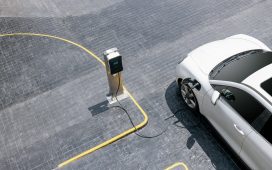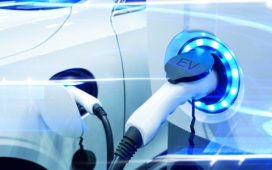Impact of tariffs on Chinese EV imports
The EU introduced tariffs on battery electric vehicles (BEVs) imported from China as part of an effort to level the playing field for European automakers. These tariffs range from 7,8% for Tesla to a steep 35,3% for SAIC’s MG. The goal is to help European manufacturers regain lost ground in a market where Chinese imports have rapidly expanded, accounting for one in five electric cars sold in Europe last year.
The early results from these measures paint a complex picture. MG, which faced the highest tariffs, saw its market share in Europe drop significantly—from 4,1% in August 2023 to 2,4% in August this year. Meanwhile, BYD managed to expand its share from 1,6% to 2,9%, although at a slower pace than before. Geely also experienced modest growth, from 1,3% to 2%.
These figures suggest that while tariffs may be curbing the rise of some Chinese brands, they aren’t stopping it entirely. Chinese-made vehicles are still gaining ground, particularly in markets where affordability is key. Julia Poliscanova, Senior Director for Vehicles & E-mobility at T&E, noted that “higher EV tariffs are right, but only in tandem with the car CO2 targets.” She warned that without these CO2 targets, the tariffs could end up hurting consumers by limiting options without boosting European production.
The critical role of 2025 CO2 targets
The EU’s CO2 targets for 2025 are a key driver for European automakers to ramp up production of affordable electric models. As things stand, many European manufacturers are set to roll out new, lower-cost electric vehicles in the coming year, largely to comply with these stricter emissions standards.
If the EU sticks to its 2025 targets, Chinese imports could drop to 18% of the market by 2026 as more European-made EVs come online. However, if these targets are delayed or watered down, the opposite could happen. T&E estimates that Chinese-made EVs could capture as much as 27% of the European market by next year, as local manufacturers would likely continue focusing on more profitable internal combustion engines (ICEs) rather than affordable electric models.
A struggling battery supply chain
Beyond electric cars, the EU’s approach to its homegrown battery industry is also under scrutiny. Despite ambitious plans for dozens of gigafactories, many of these projects are now at risk. T&E’s analysis estimates that 59% of the planned battery production capacity in Europe could be scrapped, leading to a loss of billions in investments and close to 100.000 potential jobs.
One of the major issues is that the EU’s current tariff on imported batteries is just over 1%, the lowest globally. This makes it far cheaper to import batteries from China than to produce them locally, undermining European gigafactory projects. As Poliscanova pointed out, “It makes no sense to jeopardise the billions of investment in EU gigafactories while keeping the lowest battery tariff in the world.”








